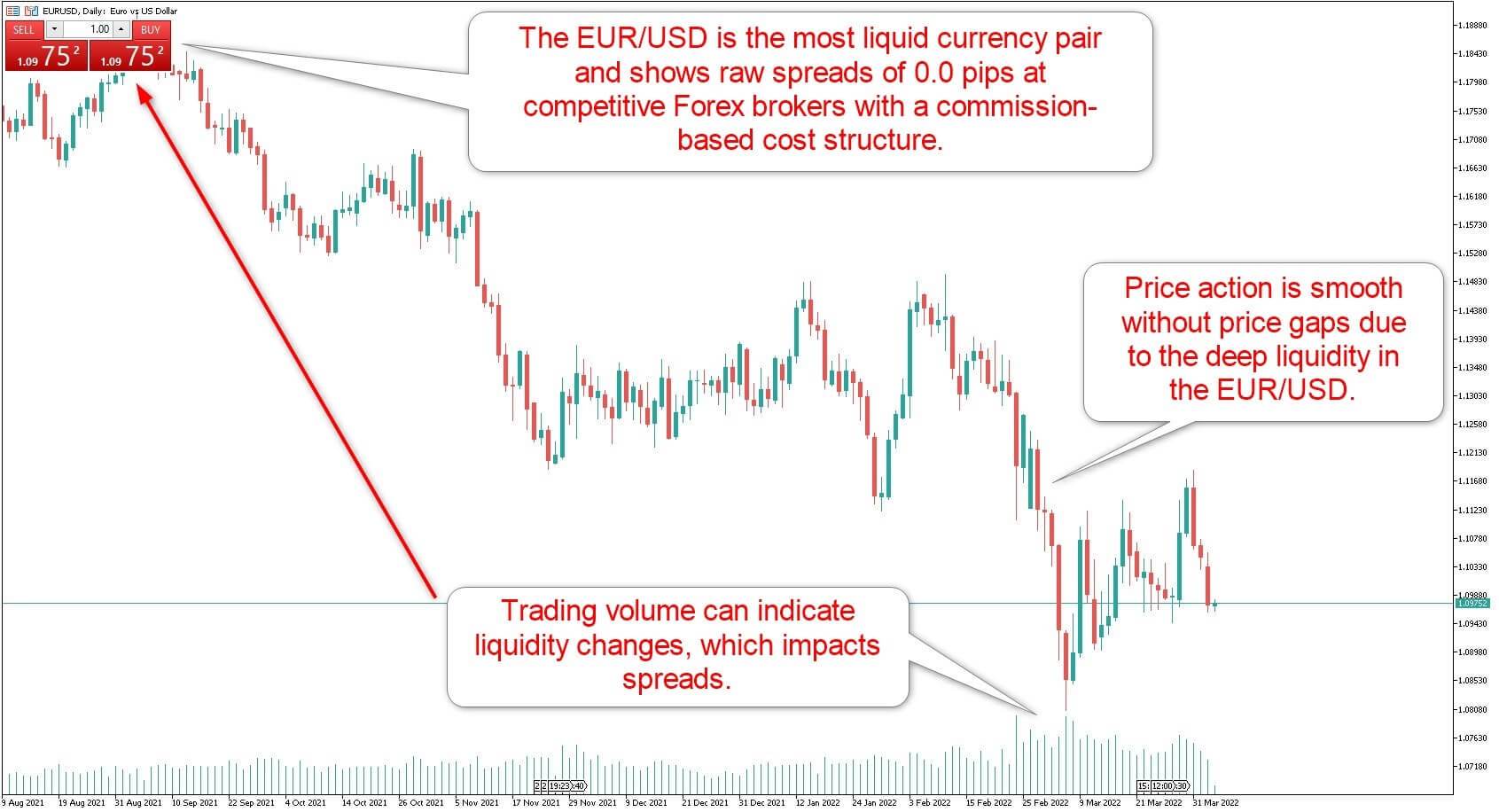
Using a limit order to sell can save you money on commissions on some stocks. In volatile markets, limit orders can help you capture short-term price movements. To prevent huge downside losses, limit commands can be used together with stop orders.
Limit orders are typically valid for a specific number of days, though they can be valid for several months. Limit orders cannot be executed unless there is sufficient demand and supply for the security. Limit orders can be cancelled if the security price falls below the limit. Limit orders can also prevent your broker's execution of your order at an unjustifiable price.
To trade small quantities of illiquid stock, limit orders are commonly used. Limit orders can also be used in order to keep out of volatile markets. It is best to monitor the market for new issues of stock, particularly if they are being added to the secondary.

Limit orders allow you to reduce trading costs by allowing for a bid/ask spread. A broker might buy a stock with a high volume trade volume at a lower rate than what you originally set. If the stock has an extremely high volatility rate, your broker may not be able to fill your order at your requested price.
Limit orders are preferred for executing buy-and-sell transactions. They allow you to control how much money you make and lose. Limit orders can also be used to prevent missing a good investment opportunity. Limit orders are especially useful when you consider buying or selling a stock with volatile prices or when you feel the stock's value is undervalued.
Limit orders are an excellent way to save money when trading inliquid stocks. There are however some disadvantages to limit orders. Limit orders can sometimes not be filled, especially if there are many in the queue. Limit orders can also be canceled when the security's price is too high, or when there are no buyers or sellers in the market.
Although limit orders can't be guaranteed to fill, they can be a great way to make sure you get the best price possible for your stock. Limit orders will be executed only when the market price of the security reaches or exceeds the limit price.

A limit order can only be used to purchase or sell stock when it is at its lowest prices. Limit orders can be set indefinitely, so if you find yourself waiting for the best price, you can set up a series of limit orders to capture short-term fluctuations in the market. Limit orders can also help you avoid selling too early or buying too late.
FAQ
What is a Bond?
A bond agreement is a contract between two parties that allows money to be transferred for goods or services. Also known as a contract, it is also called a bond agreement.
A bond is typically written on paper and signed between the parties. This document details the date, amount owed, interest rates, and other pertinent information.
The bond is used for risks such as the possibility of a business failing or someone breaking a promise.
Bonds are often used together with other types of loans, such as mortgages. This means that the borrower must pay back the loan plus any interest payments.
Bonds are used to raise capital for large-scale projects like hospitals, bridges, roads, etc.
A bond becomes due upon maturity. This means that the bond's owner will be paid the principal and any interest.
If a bond isn't paid back, the lender will lose its money.
What is the difference between a broker and a financial advisor?
Brokers specialize in helping people and businesses sell and buy stocks and other securities. They manage all paperwork.
Financial advisors are specialists in personal finance. They use their expertise to help clients plan for retirement, prepare for emergencies, and achieve financial goals.
Financial advisors may be employed by banks, insurance companies, or other institutions. They could also work for an independent fee-only professional.
It is a good idea to take courses in marketing, accounting and finance if your goal is to make a career out of the financial services industry. Also, it is important to understand about the different types available in investment.
How do I choose a good investment company?
You should look for one that offers competitive fees, high-quality management, and a diversified portfolio. Fees are typically charged based on the type of security held in your account. Some companies don't charge fees to hold cash, while others charge a flat annual fee regardless of the amount that you deposit. Others charge a percentage based on your total assets.
You should also find out what kind of performance history they have. If a company has a poor track record, it may not be the right fit for your needs. You want to avoid companies with low net asset value (NAV) and those with very volatile NAVs.
You also need to verify their investment philosophy. To achieve higher returns, an investment firm should be willing and able to take risks. If they aren't willing to take risk, they may not meet your expectations.
Statistics
- Our focus on Main Street investors reflects the fact that American households own $38 trillion worth of equities, more than 59 percent of the U.S. equity market either directly or indirectly through mutual funds, retirement accounts, and other investments. (sec.gov)
- The S&P 500 has grown about 10.5% per year since its establishment in the 1920s. (investopedia.com)
- Individuals with very limited financial experience are either terrified by horror stories of average investors losing 50% of their portfolio value or are beguiled by "hot tips" that bear the promise of huge rewards but seldom pay off. (investopedia.com)
- Ratchet down that 10% if you don't yet have a healthy emergency fund and 10% to 15% of your income funneled into a retirement savings account. (nerdwallet.com)
External Links
How To
How to Trade in Stock Market
Stock trading refers to the act of buying and selling stocks or bonds, commodities, currencies, derivatives, and other securities. Trading is a French word that means "buys and sells". Traders are people who buy and sell securities to make money. This type of investment is the oldest.
There are many methods to invest in stock markets. There are three basic types of investing: passive, active, and hybrid. Passive investors only watch their investments grow. Actively traded investors seek out winning companies and make money from them. Hybrids combine the best of both approaches.
Passive investing is done through index funds that track broad indices like the S&P 500 or Dow Jones Industrial Average, etc. This is a popular way to diversify your portfolio without taking on any risk. You can just relax and let your investments do the work.
Active investing means picking specific companies and analysing their performance. Active investors will look at things such as earnings growth, return on equity, debt ratios, P/E ratio, cash flow, book value, dividend payout, management team, share price history, etc. They decide whether or not they want to invest in shares of the company. If they feel that the company is undervalued, they will buy shares and hope that the price goes up. On the other side, if the company is valued too high, they will wait until it drops before buying shares.
Hybrid investment combines elements of active and passive investing. For example, you might want to choose a fund that tracks many stocks, but you also want to choose several companies yourself. You would then put a portion of your portfolio in a passively managed fund, and another part in a group of actively managed funds.